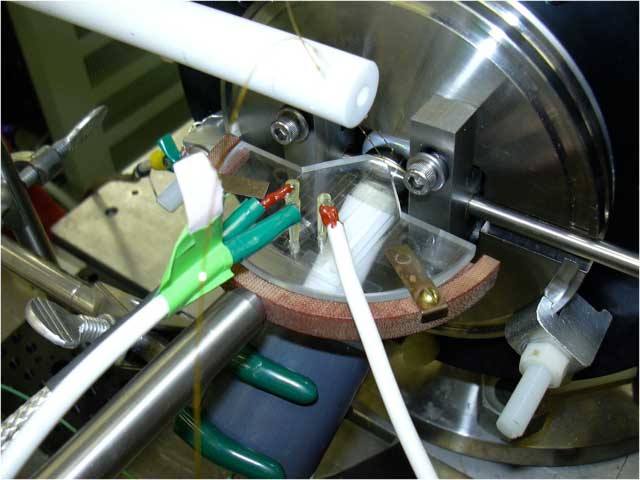H. Musyimi, J. Guy, D.A. Narcisse, S.A. Soper, K.K. Murray, Direct coupling of polymer-based microchip electrophoresis to online MALDI-MS using a rotating ball inlet, Electrophoresis. 26 (2005) 4703–4710. doi:10.1002/elps.200500317.
Abstract
We report on the coupling of a polymer-based microfluidic chip to a MALDI-TOF MS using a rotating ball interface. The microfluidic chips were fabricated by micromilling a mold insert into a brass plate, which was then used for replicating polymer microparts via hot embossing. Assembly of the chip was accomplished by thermally annealing a cover slip to the embossed substrate to enclose the channels. The linear separation channel was 50 microm wide, 100 microm deep, and possessed an 8 cm effective length separation channel with a double-T injector (V(inj) = 10 nL). The exit of the separation channel was machined to allow direct contact deposition of effluent onto a specially constructed rotating ball inlet to the mass spectrometer. Matrix addition was accomplished in-line on the surface of the ball. The coupling utilized the ball as the cathode transfer electrode to transport sample into the vacuum for desorption with a 355 nm Nd:YAG laser and analyzed on a TOF mass spectrometer. The ball was cleaned online after every rotation. The ability to couple poly(methylmethacrylate) microchip electrophoresis devices for the separation of peptides and peptide fragments produced from a protein digest with subsequent online MALDI MS detection was demonstrated.



